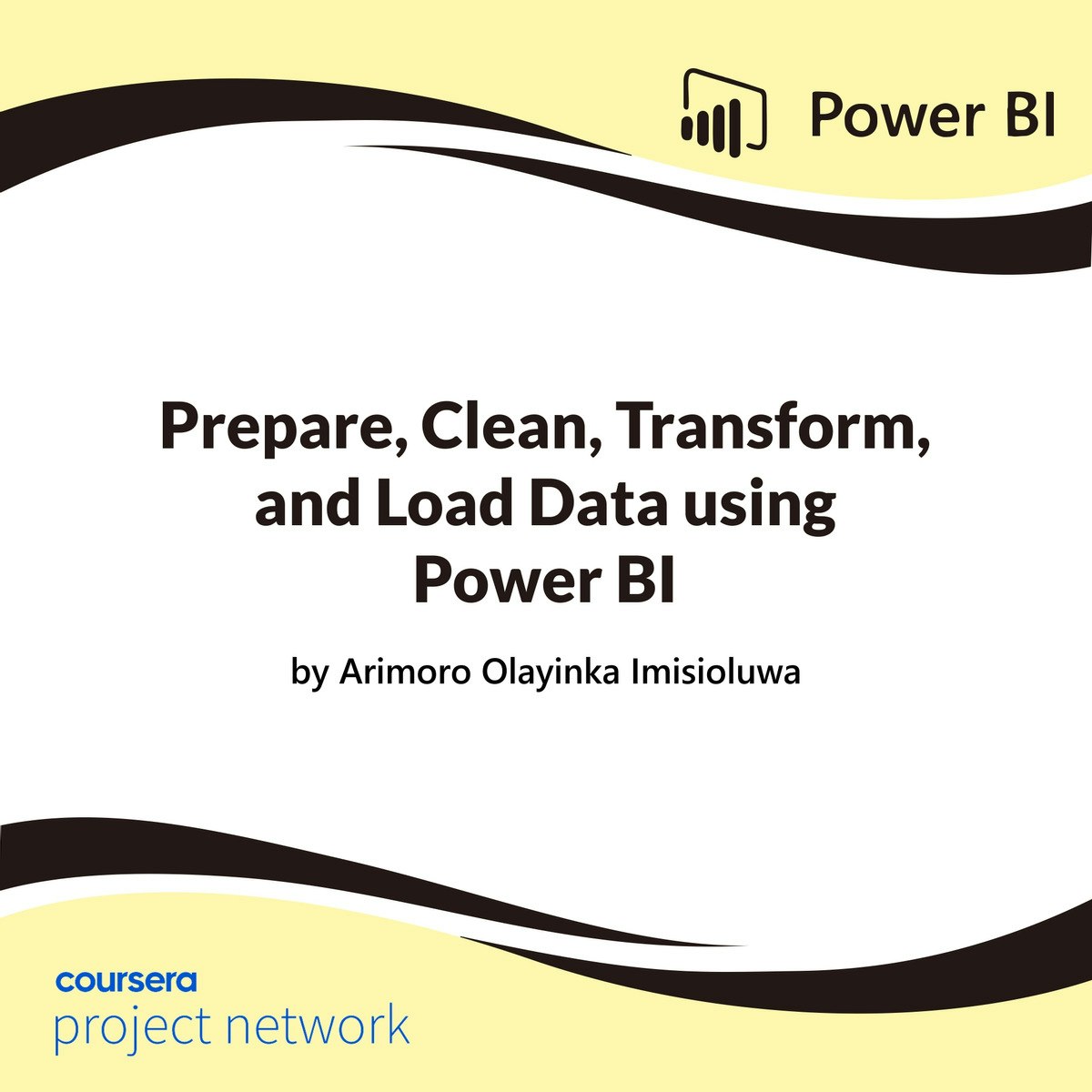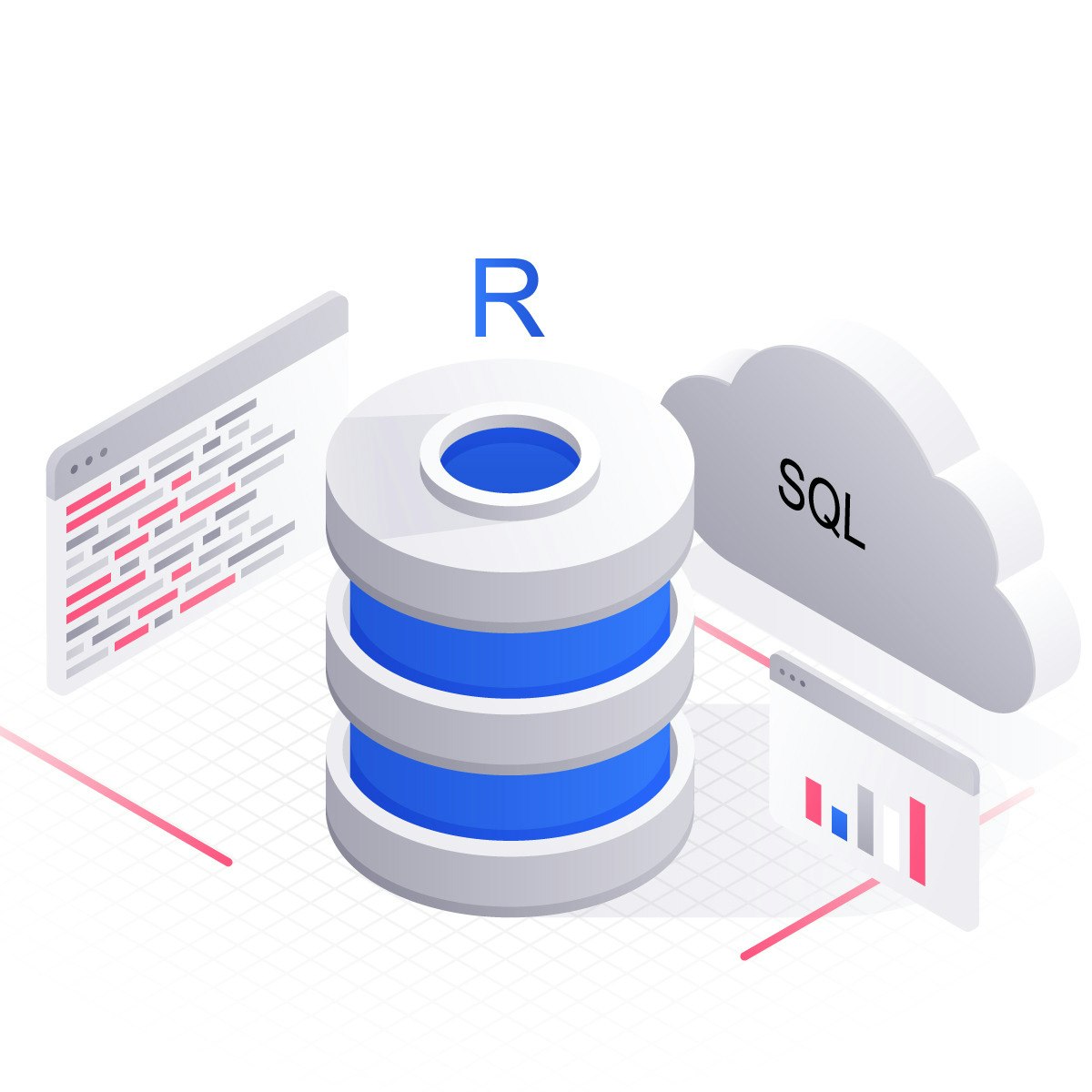Back to Courses









Data Management Courses - Page 25
Showing results 241-250 of 399

App Dev: Developing a Backend Service - Python
This is a self-paced lab that takes place in the Google Cloud console. In this lab, you will enhance the online Quiz application by developing a backend service to process user feedback and save scores.

Prepare, Clean, Transform, and Load Data using Power BI
Usually, tidy data is a mirage in a real-world setting. Additionally, before quality analysis can be done, data need to be in a proper format. This project-based course, "Prepare, Clean, Transform, and Load Data using Power BI" is for beginner and intermediate Power BI users willing to advance their knowledge and skills.
In this course, you will learn practical ways for data cleaning and transformation using Power BI. We will talk about different data cleaning and transformation tasks like splitting, renaming, adding, removing columns. By the end of this 2-hour-long project, you will change data types, merge and append data sets. By extension, you will learn how to import data from the web and unpivot data.
This project-based course is a beginner to an intermediate-level course in Power BI. Therefore, to get the most of this project, it is essential to have a basic understanding of using a computer before you take this project.

Using SQL String Functions to Clean Data
Welcome to this project-based course on Using SQL String Functions to Clean Data. In this project, you will learn how to perform data cleaning and manipulation using SQL string functions like LENGTH, UPPER & LOWER, REPLACE, TRIM, SUBSTRING, CONCAT, STRING_AGG, and COALESCE.
By the end of this 2-hour long project, you will understand why you need to learn about string functions and use them to get the desired result you want from tables in a database. Also, for this hands-on project, we will use PostgreSQL as our preferred database management system (DBMS). Therefore, to complete this project, it is required that you have prior experience with using PostgreSQL. Similarly, this project is an advanced SQL concept; so, a good foundation for writing SQL queries is vital to complete this project.
If you are not familiar with SQL and want to learn the basics, start with my previous guided projects titled “Performing Data definition and Manipulation in SQL" and “Querying Databases using SQL SELECT statement.” I taught these guided projects using PostgreSQL. Taking these projects will give the needed requisite to complete this project Using SQL String Functions to Clean Data. However, if you are comfortable writing queries in PostgreSQL, please join me on this wonderful ride! Let’s get our hands dirty!

Introduction to MongoDB
This course will get you up and running with MongoDB quickly, and teach you how to leverage its power for data analytics.
We'll start by mastering the fundamentals of MongoDB, including MongoDB’s Document data model, importing data into a cluster, working with our CRUD API and Aggregation Framework. These topics will be taught through a demo application which will give you a great first encounter of how simple and practical it can be to build applications with MongoDB.
In addition to these essential topics, you will also learn and work with useful MongoDB tools and services. You will work with Atlas, MongoDB's database as a service, MongoDB Compass, a schema visualization tool, as well as many other useful command-line utilities.

SQL for Data Science with R
Much of the world's data resides in databases. SQL (or Structured Query Language) is a powerful language which is used for communicating with and extracting data from databases. A working knowledge of databases and SQL is a must if you want to become a data scientist.
The purpose of this course is to introduce relational database concepts and help you learn and apply foundational knowledge of the SQL and R languages. It is also intended to get you started with performing SQL access in a data science environment.
The emphasis in this course is on hands-on and practical learning. As such, you will work with real databases, real data science tools, and real-world datasets. You will create a database instance in the cloud. Through a series of hands-on labs, you will practice building and running SQL queries. You will also learn how to access databases from Jupyter notebooks using SQL and R.
No prior knowledge of databases, SQL, R, or programming is required.
Anyone can audit this course at no charge. If you choose to take this course and earn the Coursera course certificate, you can also earn an IBM digital badge upon successful completion of the course.

Share Data Securely via a REST API Using Cloud Run
This is a self-paced lab that takes place in the Google Cloud console. In this lab you will build a REST API so a 3rd party can access data stored on a serverless Firebase database through a website.

Exploring the Lineage of Data with Cloud Data Fusion
This is a self-paced lab that takes place in the Google Cloud console. This lab shows how to use Cloud Data Fusion to explore data lineage - the data's origins and its movement over time.

Learning SAS: Data Types, Naming Conventions, and Resources
By the end of this project, you will evaluate data types, apply naming conventions and integrate external resources in your SAS programs.

Loading Data into Google Cloud SQL
This is a self-paced lab that takes place in the Google Cloud console. In this lab you will import data from CSV text files into Cloud SQL and then carry out some basic data analysis using simple queries.

Service Directory: Qwik Start
This is a self-paced lab that takes place in the Google Cloud console. In this lab, you will configure Service Directory, configure a Service Directory DNS zone, and use Cloud Logging with Service Directory.
Popular Internships and Jobs by Categories
Browse
© 2024 BoostGrad | All rights reserved


